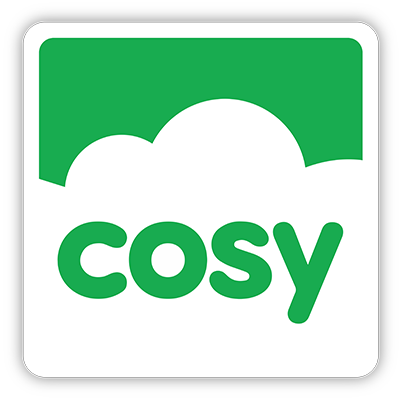Linking Books to Play
With an increased focus on communication and language in the revised Early Years Foundation Stage (EYFS), settings and schools need to consider their provision. Leaders will now be thinking about their current provision and whether adjustments need to be made to ensure children are given an abundance of opportunities to talk, share stories, extend their vocabulary, engage in imaginative role play, retelling and acting out stories and sharing ideas in play. At the same time, we need to ensure the experiences provided are playful and relevant to interests rather than being fully adult led or initiated.
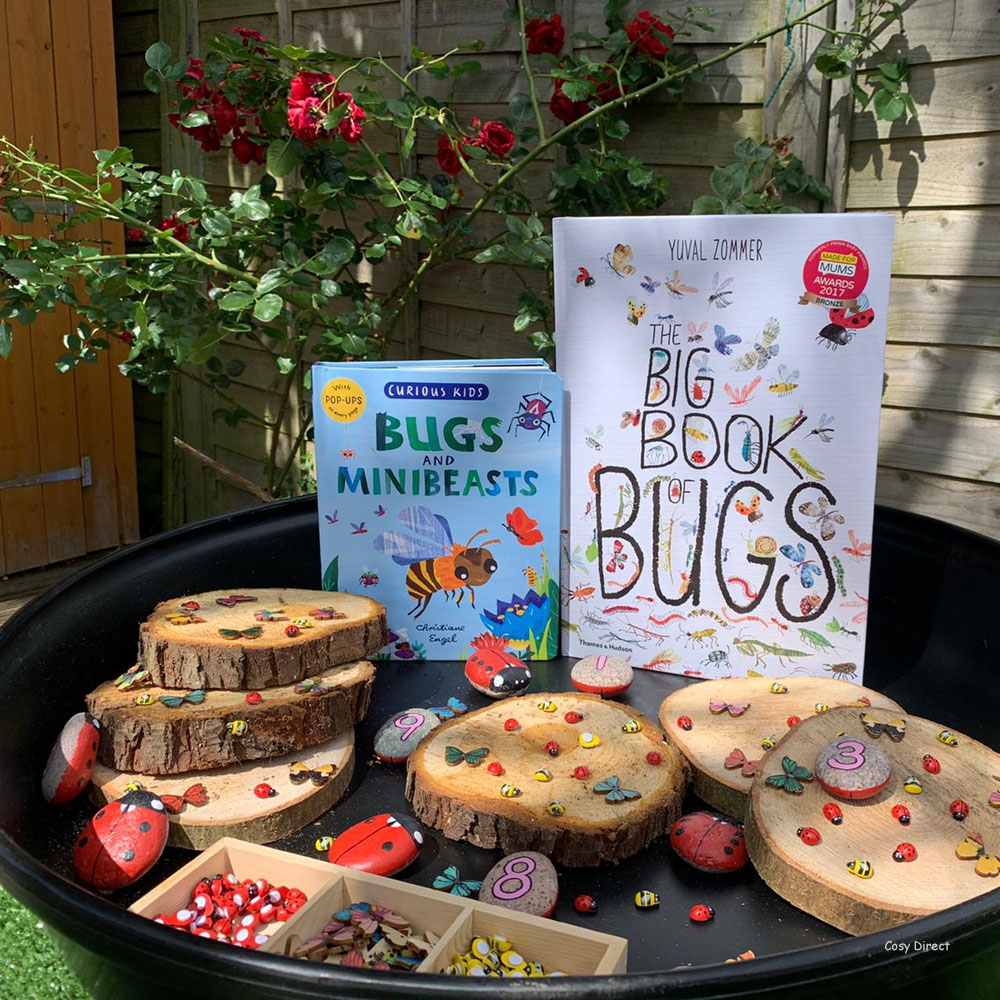
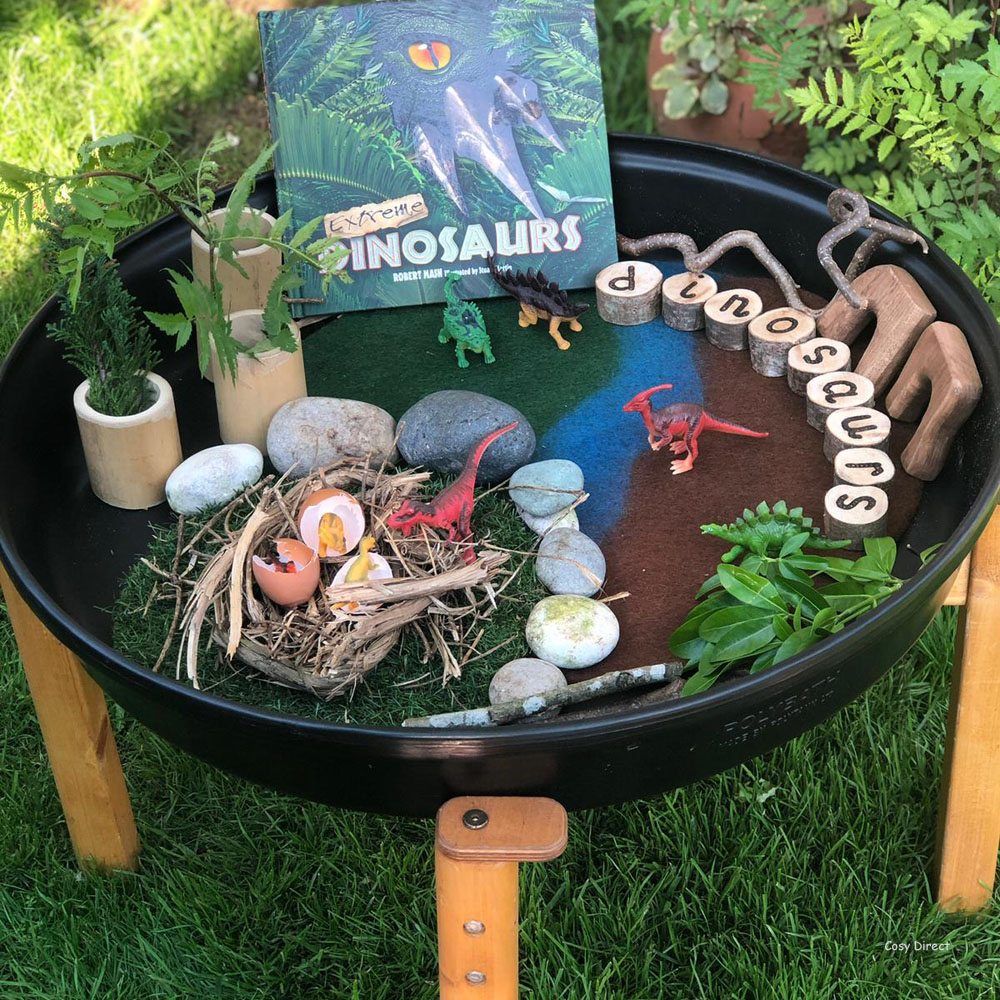
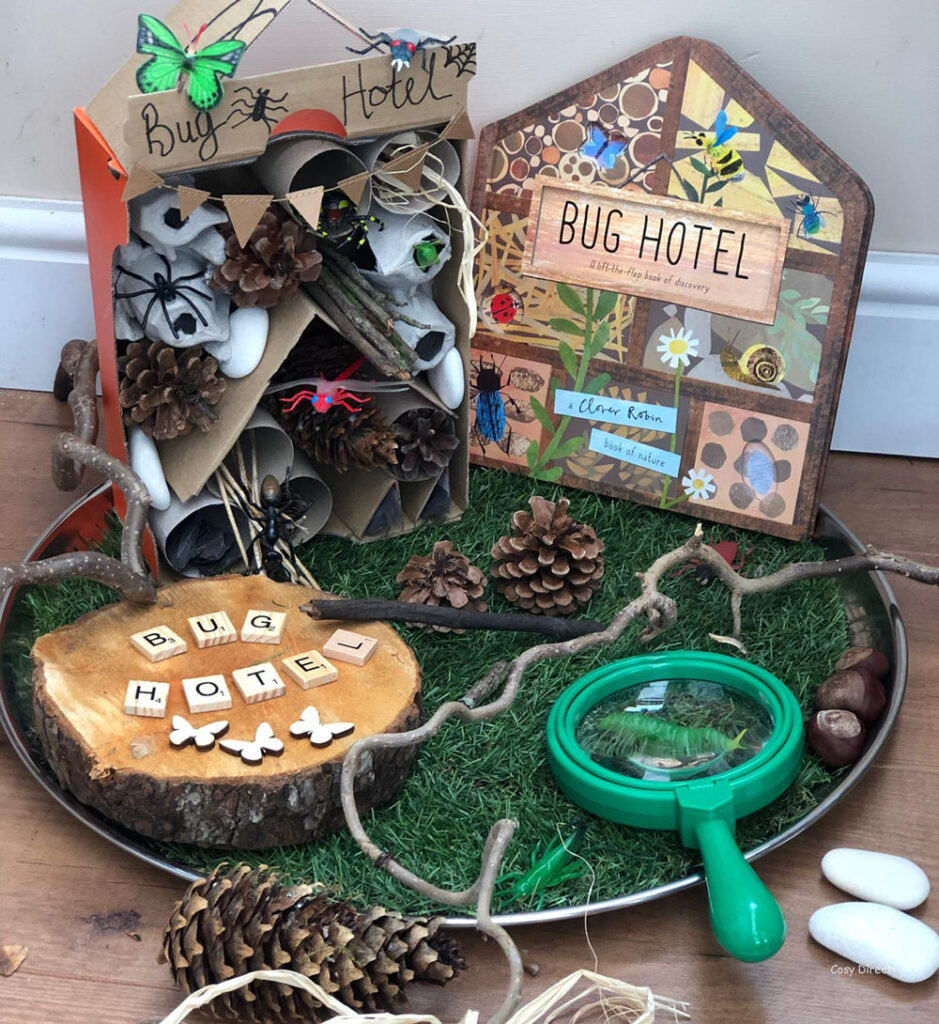
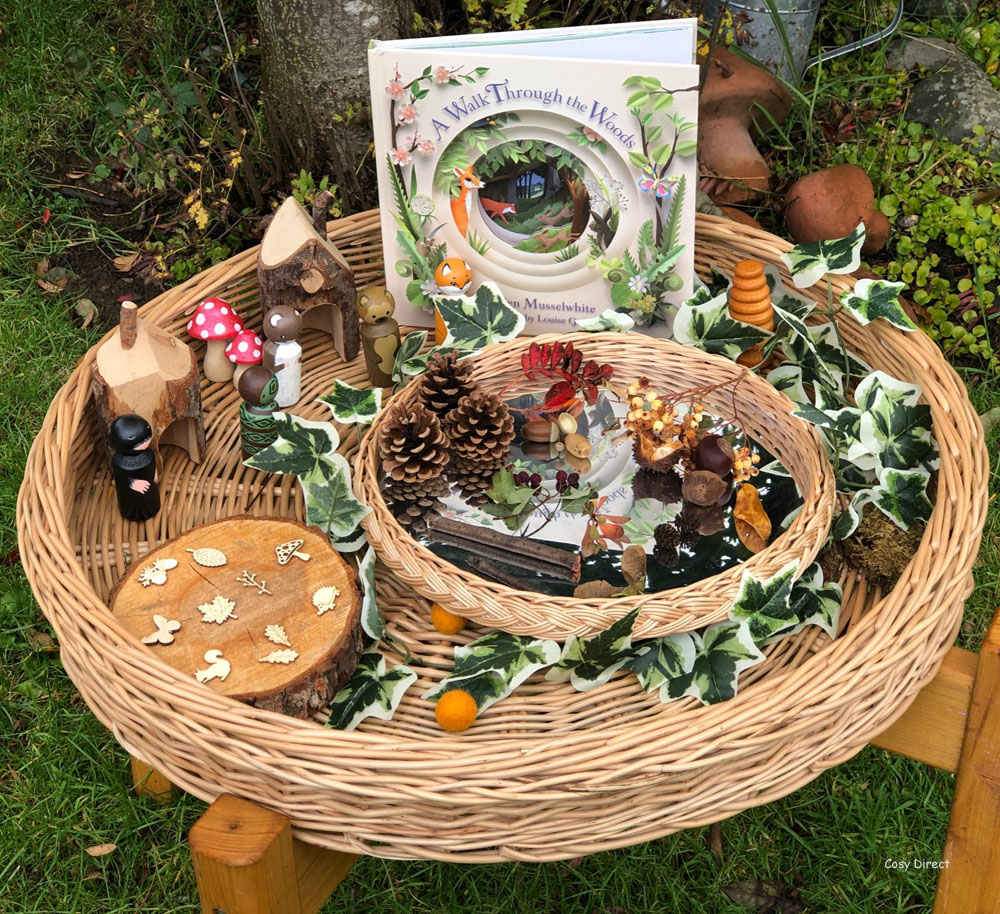
Linking books to play can be a fantastic way to open up the play, inspiring rich opportunities for talk and understanding. The first step in adopting this approach is to review your book collection. In doing so, you’ll be able to identify the books which not only children particularly enjoy, but some you perhaps haven’t read for a while. Also consider how diverse and inclusive your book collection is. A well resourced book collection widens the opportunities for linking books to play. Perhaps consider asking families for donations or creating a wish list.
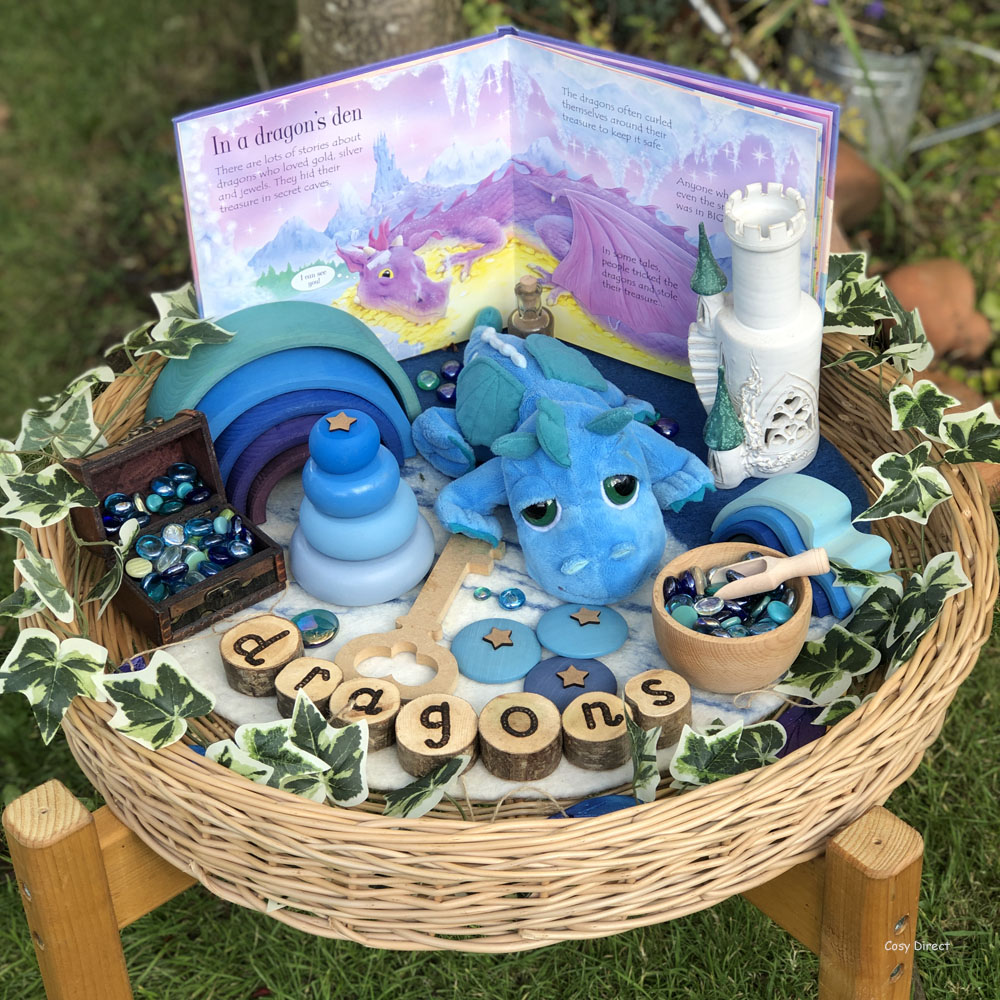
An effective way of linking books to play is through learning provocations or small-world set ups. You can do this on a table, in a crate or suitcase or in a tuff spot. Include some relevant props to support the book, making it a sensory, tactile experience which has the power to draw children in and bring the book to life.
Some resources you could consider using include….
- Peg dolls
- Puppets
- Story stones or Story spoons
- Animals – farm, zoo, jungle
- Fabric
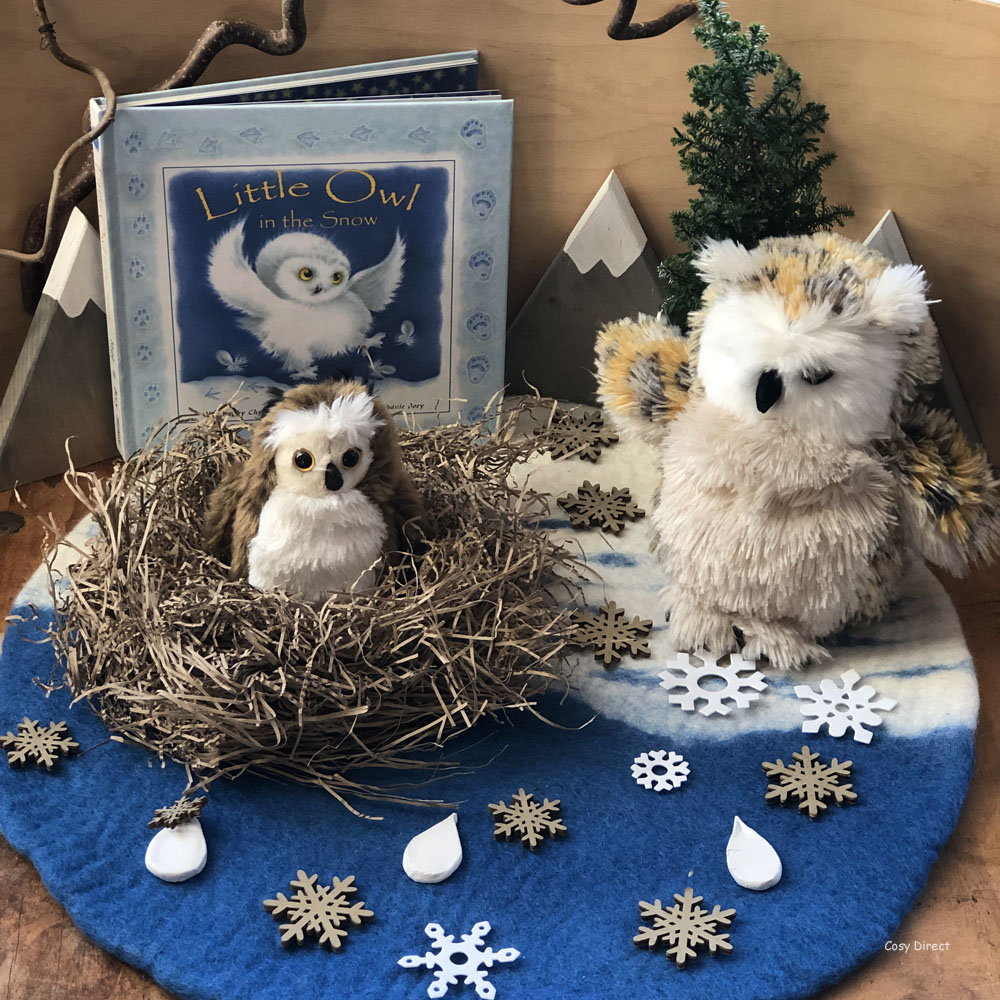
This type of experience can inspire an interest in books in a playful and interactive way. Books become more than just for story time – they become an integral part of continuous provision, indoors and outdoors. Not only are we promoting a love of books but we are helping develop play skills through facilitating these type of experiences. Children can have a go at storytelling, being the ‘teacher’, role playing, being imaginative, developing their creativity, joining in with a narrative and cooperating with others to share ideas. Our role in this play is to be an enthusiastic enabler. We need to know when to stand back and enable children to freely engage and when we can sensitively join play to scaffold. Adults can engage in sustained shared thinking with children, wondering together about what might happen next in the story, how we could act it out, other ways it could end and how the characters might be feeling. It’s also a good way to bring in new vocabulary using both the book and the play resources you’ve chosen to include.
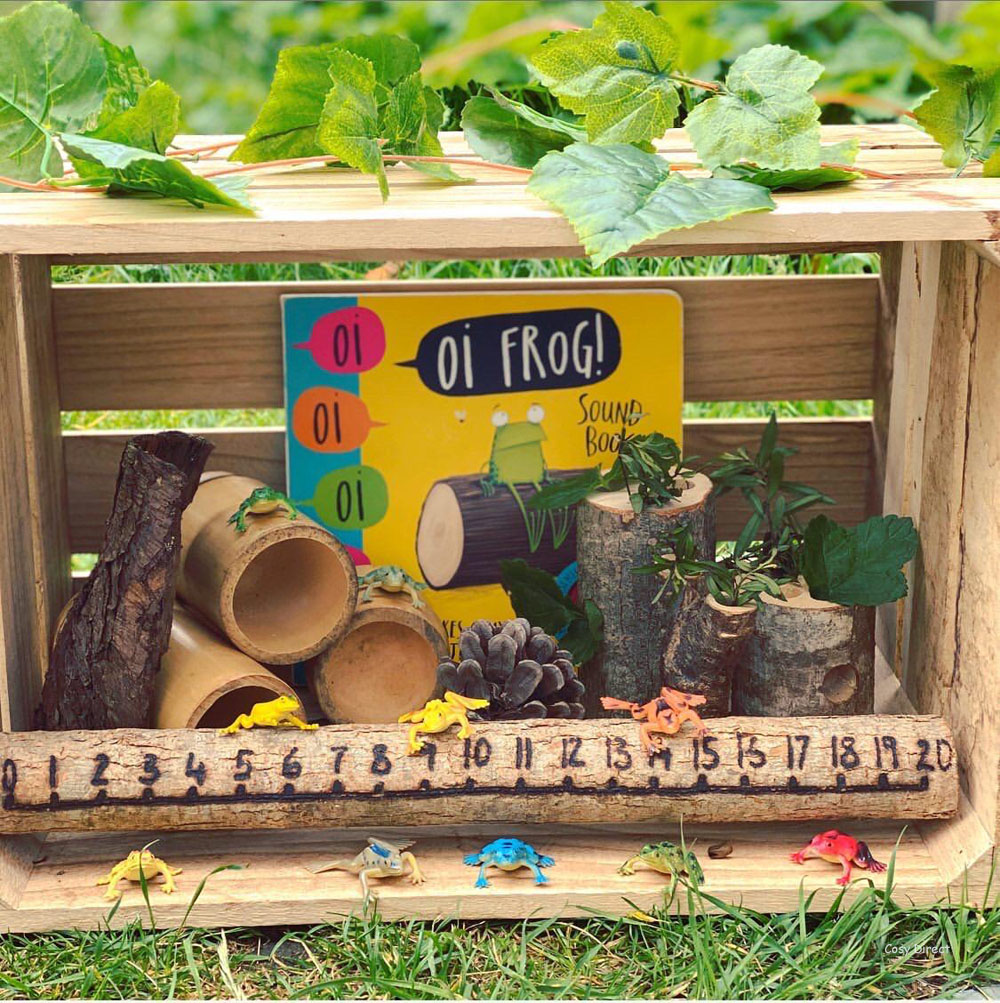
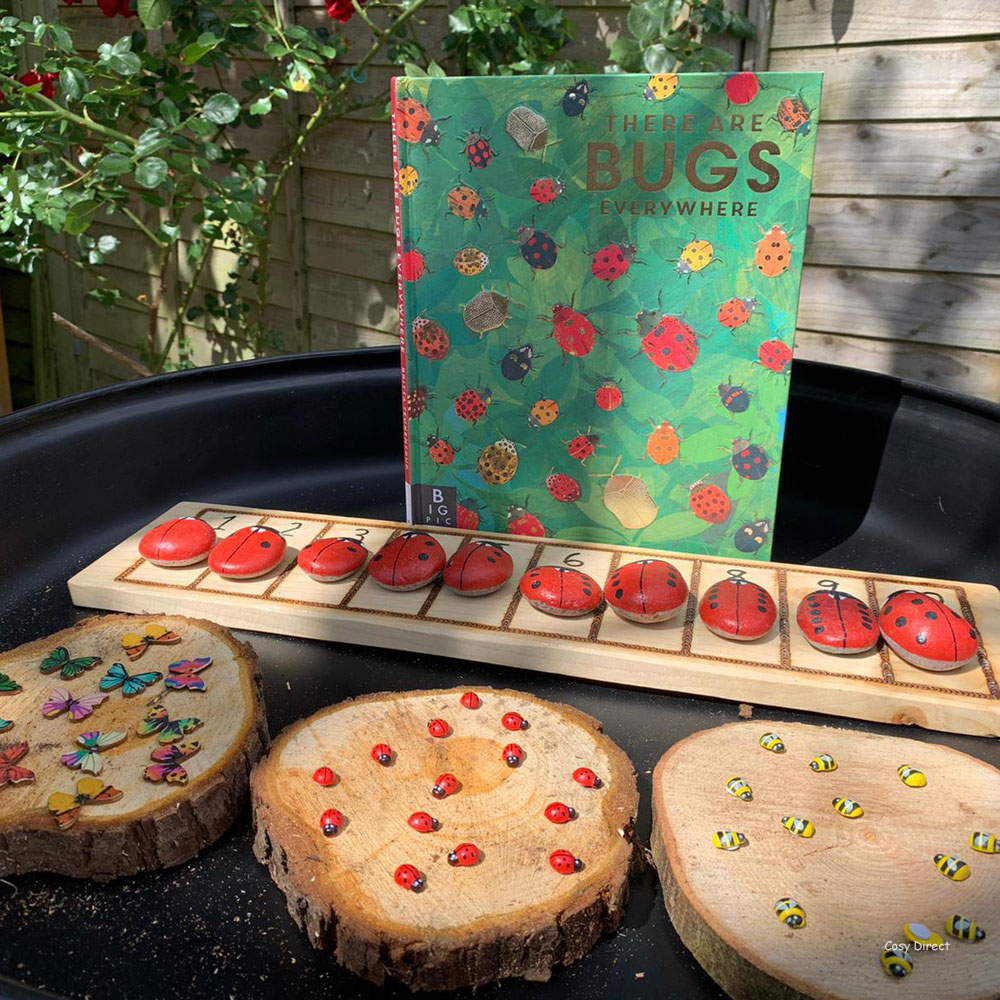
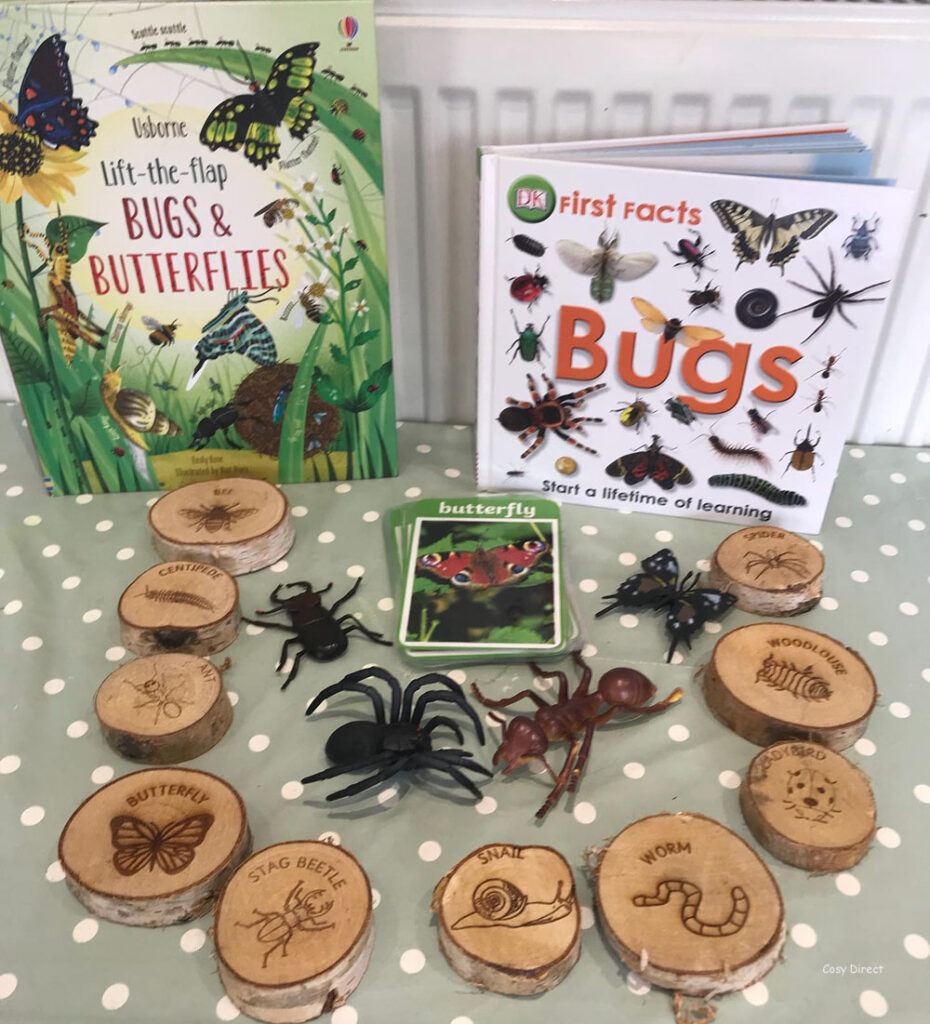
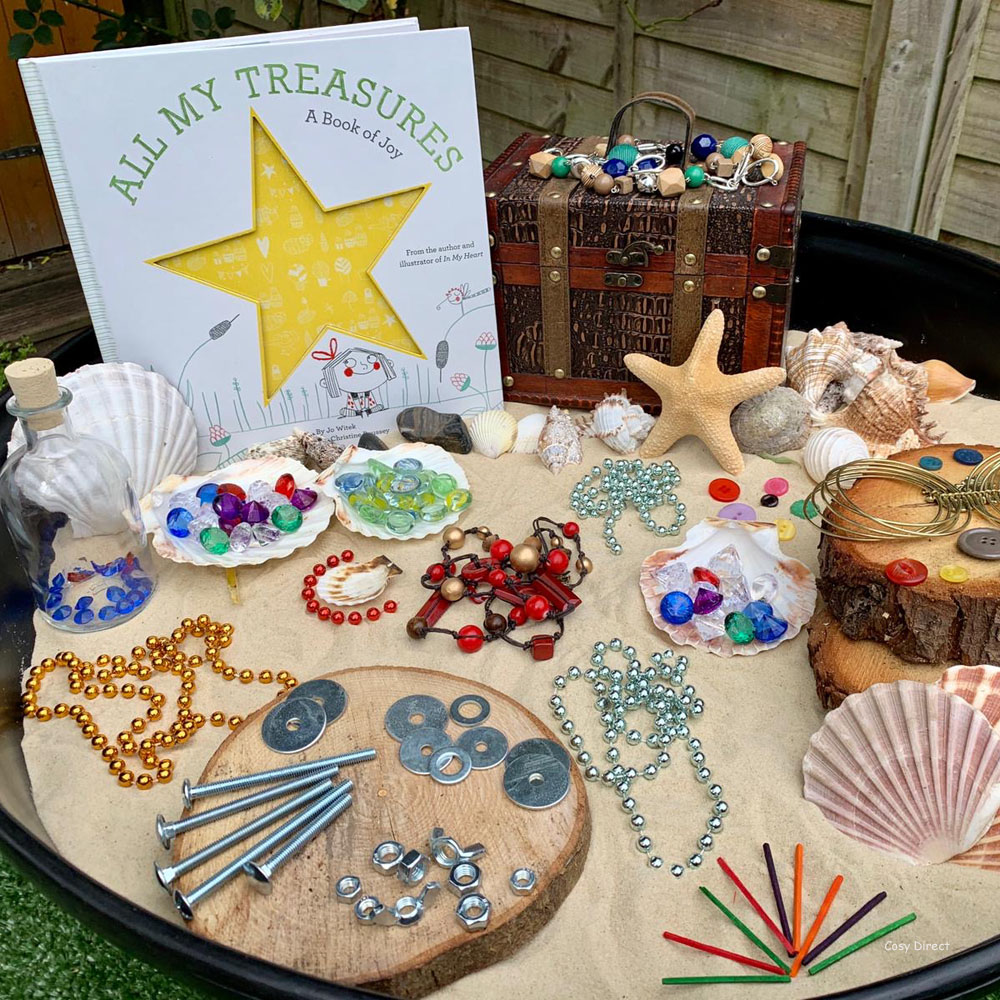
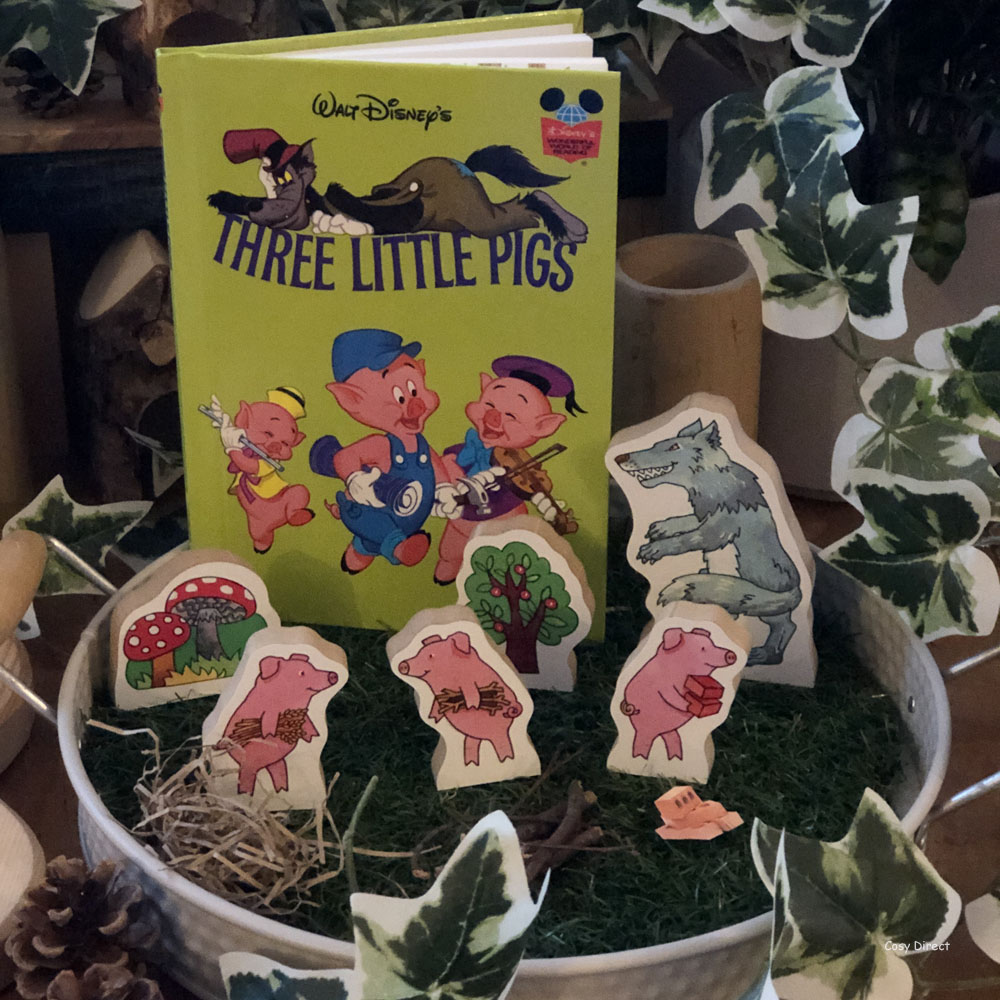
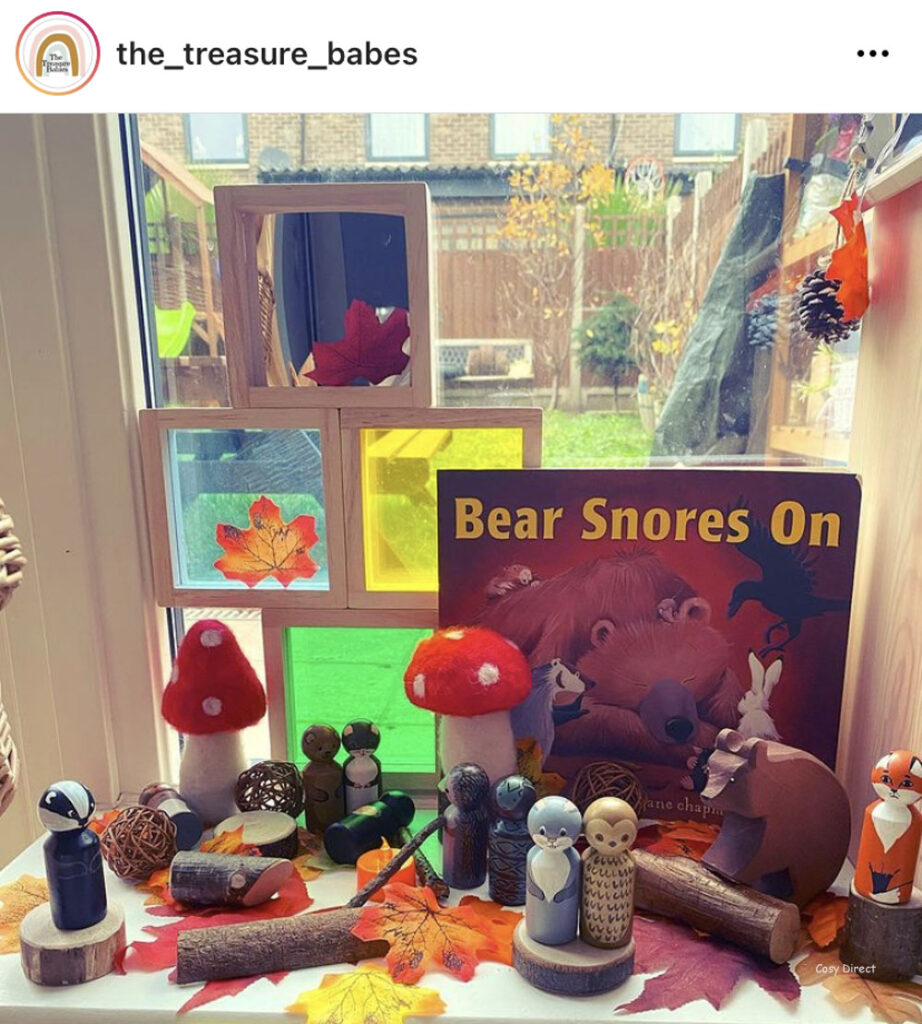
Some fantastic books for linking with play include…
- We’re Going on a Bear Hunt
- The Gruffalo
- Bug Hotel
- Dear Zoo
- Handa’s Surprise
- The Tiger Who Came to Tea
- The Three Little Pigs
- The Colour Monster
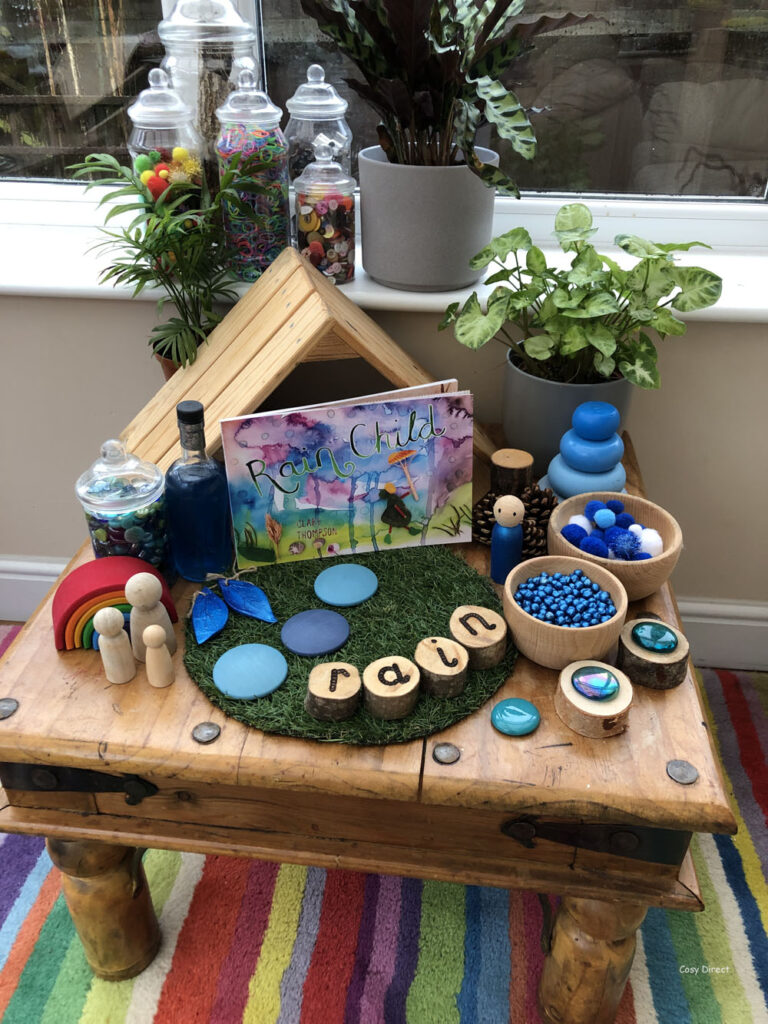
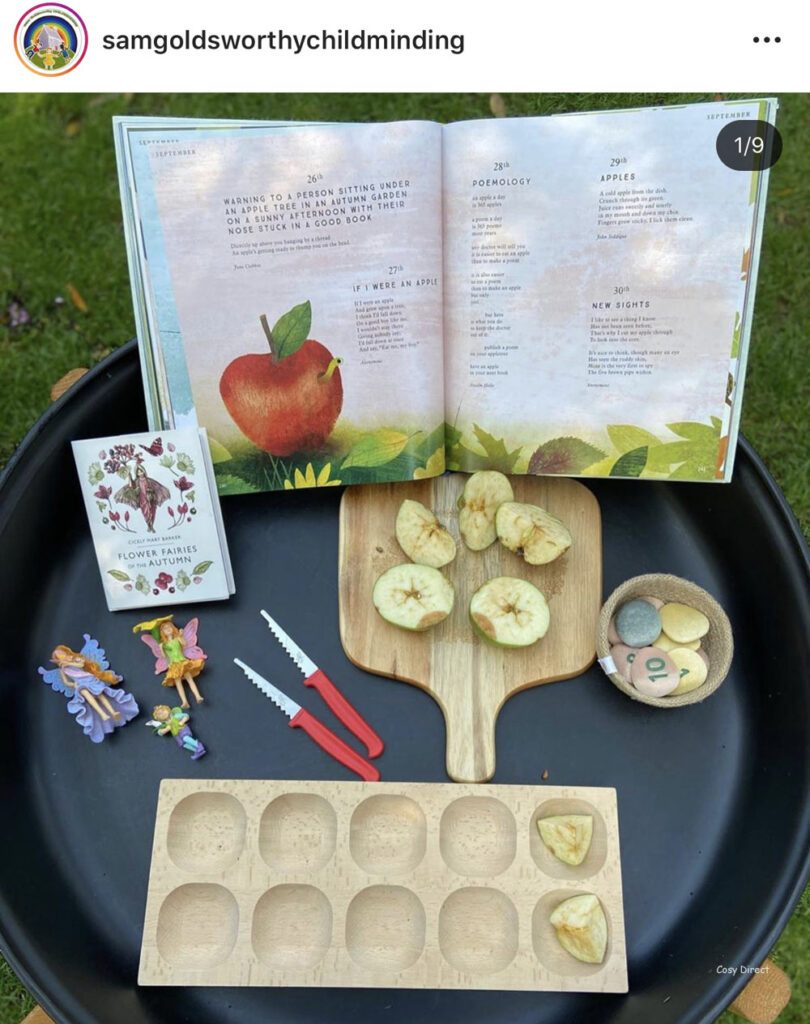
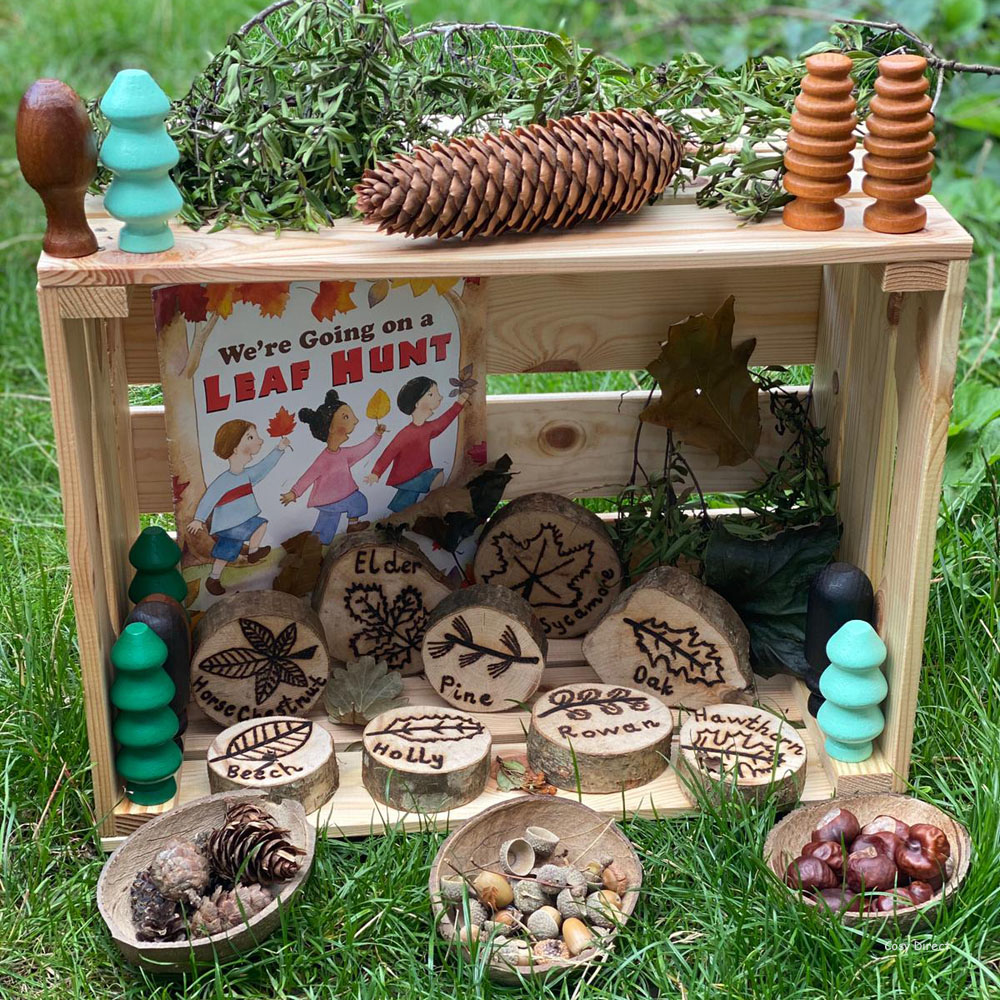
Books can also be a fantastic prompt to use with loose parts play. Loose parts are a great tool for developing many skills and providing learning opportunities across the EYFS. We can count, sort, group, create, make patterns and arrangements, talk about plans, play cooperatively, make representations….the list is endless! Books and loose parts are a great combination, offering ways to be creative and prompt talk.
Some amazing books for this purpose include…
- Leaf Man
- The Snowflake
- Junk DNA
- Seasons
- Yuval Zommer ‘big’ books
- Not a Stick

However you decide to link your books to play, the most important thing is to have fun with it. By all means be inspired by play prompts shared on social media but children in your setting will get the most from books they are interested in.
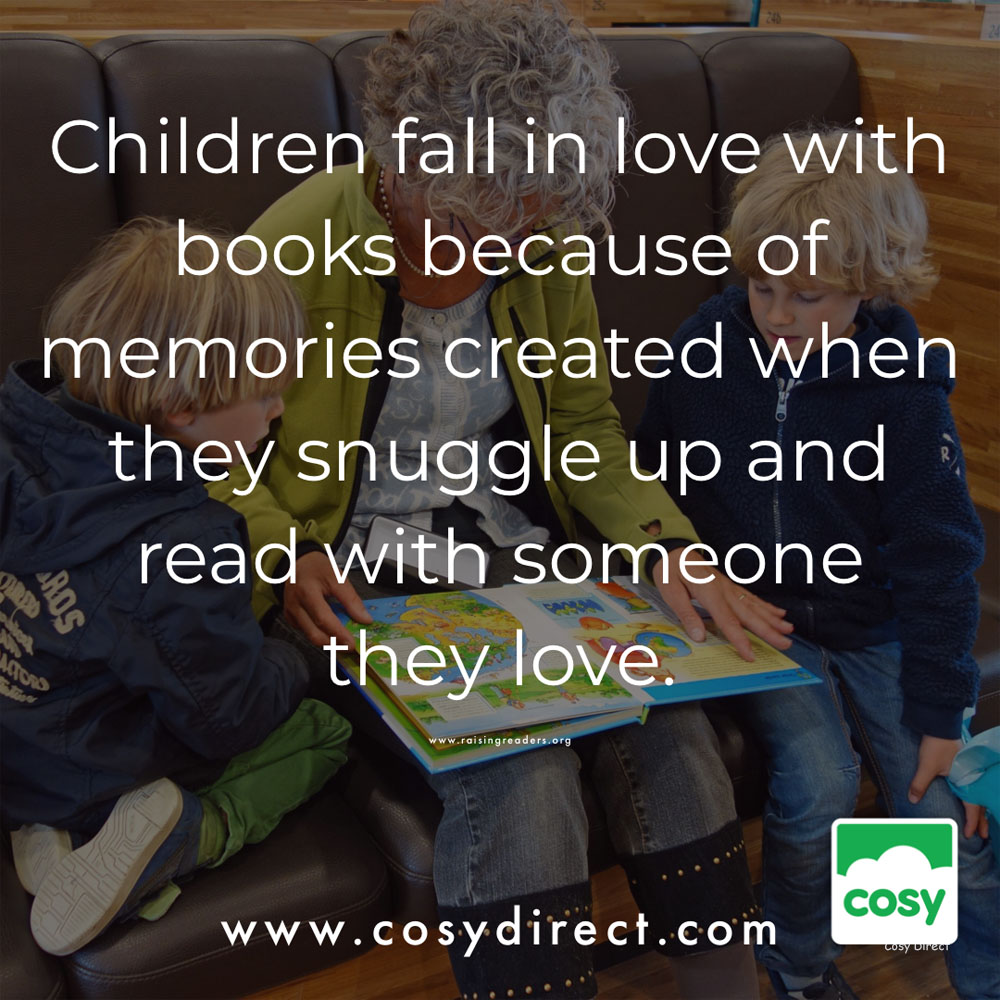
Don’t forget to share your book play with us!
Facebook: https://www.facebook.com/cosydirect/
Twitter: https://twitter.com/cosydirect
Instagram: https://www.instagram.com/cosydirect/
With thanks to The Cosy Creatives and Cosy Club Members for this blog post.
